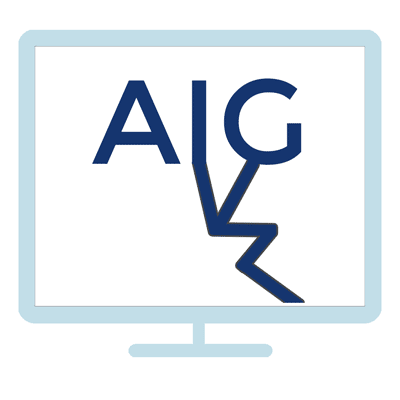Data PROVES Electronic Billing for Workers' Comp Works

COVID-19 and our recent elections highlight the flaws, delays, and increasing creakiness of the US postal system. In 2020, as mail fails, electronic bill transmission offers workers’ comp providers a transparent, trackable, and frictionless manner to transmit their bills.
When a provider mails a workers’ comp bill, all billers will attest that the biggest impediment to receiving payment is coping with (formerly) dubious assertions by claims administrators that the mailed bill never arrived. This pervasive ‘Bill-Not-On-File’ problem is an epic plague infecting all mailed workers’ comp bills for which there is no cure except to resend bills over and over and over.
Fortunately for those providers who have already and presciently adopted electronic billing, our data shows that these providers can count on the ridiculous ease and efficiency of sending and tracking workers’ comp e-bills. These providers no longer have to grapple with outdated mail systems and lack of claims administrator accountability.
For these providers that send e-bills, workers’ electronic transmission of bills generates an immense amount of trackable data, including precise data to prove that the claims administrator received the e-bill. DaisyBill diligently uses this electronic billing data to track and monitor payment statistics for all claims administrators.
Below is the payment data for the 800,000 bills that DaisyBill transmitted to claims administrators on behalf of workers’ comp providers from January 1, 2020, through July 1, 2020. The list below represents the top claims administrators by volume (you can peruse the entire list of claims administrators here, which, for industry transparency, we publish on our website).
Claims Administrator |
Average Working Days |
Sedgwick Claims Management Services |
9.4 |
State Compensation Insurance Fund (CA) |
9.6 |
Gallagher Bassett |
6.7 |
Liberty Mutual Insurance |
7.6 |
Zurich Insurance North America |
10.1 |
ESIS, Inc. |
10.1 |
CorVel |
7.5 |
Travelers |
8.7 |
Intercare Holdings Insurance, Inc. |
10.1 |
Broadspire |
7.2 |
Berkshire Hathaway Homestate Companies |
9.5 |
Tristar Risk Management |
15.7 |
Keenan & Associates |
9.8 |
Insurance Company of the West |
8.1 |
Athens Administrators |
12.2 |
AmTrust North America |
15.6 |
Cannon Cochran Management Services Inc. |
18.1 |
The Hartford |
9.6 |
The Zenith |
7.3 |
HOW E-billing EASILY Proves Compliance
Think about all the resources required to mail a workers’ compensation bill: 1) staff to collate bills and medical records, 2) an envelope with the correct address, and 3) postage (Repeat and repeat and repeat until finally and miraculously the mailed bill is “on file”).
E-billing is far, far, far more straightforward than mailing a bill because electronically transmitting a workers’ comp bill requires simply pushing a computer key to send the e-bill. When a biller sends an e-bill, the biller quickly proves compliance, including
- Timely submission of their bills and appeals (eliminating objections about untimely bill submission)
- The claims administrator received those bills and appeals (the mail cannot lose providers’ e-bills)
- Untimely payment compliance (and demand penalty and interest for noncompliance)
Below is the history of an e-bill that demonstrates how e-bills allow billers to prove and track bill receipt and payment compliance. Of importance: Liberty Mutual processed this e-bill in FOUR DAYS.
Electronic billing allows DaisyBillers to prove their timely compliance when submitting a bill and e-billing also enables DaisyBillers to easily prove noncompliance when a claims administrator fails to timely pay the e-bill.
Data from electronic billing is how DaisyBill exposes noncompliance. DaisyBill’s goal is to empower billers to hold claims administrators accountable for their compliance successes and failures.
Join DaisyBill and our community of DaisyBillers. Our entire mission is to make workers’ comp better.
Schedule a Demo
DaisyBill provides content as an insightful service to its readers and clients. It does not offer legal advice and cannot guarantee the accuracy or suitability of its content for a particular purpose.


.png)
.gif)